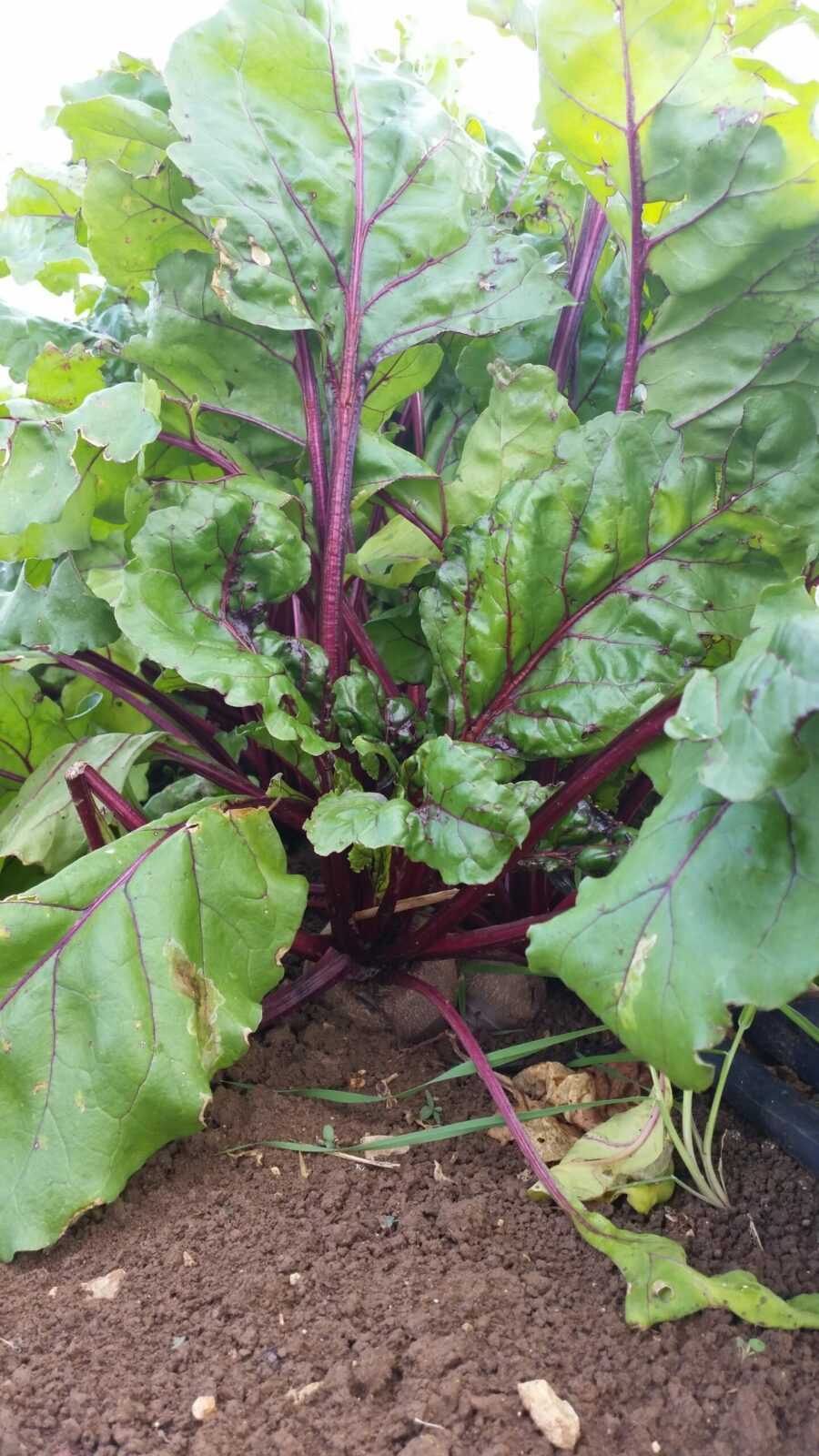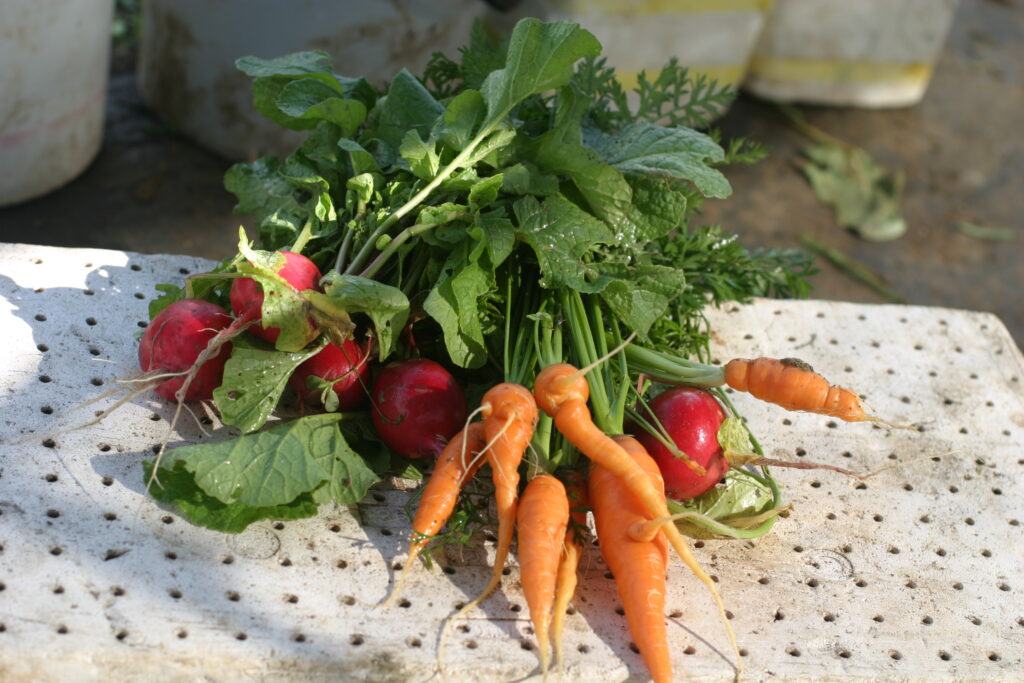This week, we are pleased to present to you a brand-new Chubeza affiliate, Merav and Eran of Komash Ayurveda (“Cooking for Friends”).
Merav specializes in Ayurvedit (Indian) medicine and treats clients through lifestyle, nutrition, medicinal herbs, essential oil and touch therapy. Eran treats using Chinese medicine with acupuncture and tui na. In addition to providing treatments, they also prepare formulas, oils, food products and natural soaps. Once a week they cook Indian food and delicacies piqued with additional spices from various cuisines for their neighbors in Kiryat Shalom in Tel Aviv (where they are known as Merav and Eran, “the cooks for friends.”)
As the newest members of Chubeza associates, Merav and Eran offer their very special ghee, chili oil and curry leaf oil. Since these are distinctive products which not all of you may be familiar with, I asked them to write a few words about each one:
- In India, they call it ghee, the Yemenites call it samnah¸ and the Ethiopians call it niter kiba. Ghee is oil produced from butter according to ancient traditions, considered to possess beneficial properties for the body and soul. It boils at a high temperature, thus retains its properties in cooking, frying and baking. According to Ayurvedit (Indian) medicine, ghee is used as an edible oil and a base oil for various medicinal potions. Komash Ayurveda’s ghee is produced from high-quality European butter from pasture-fed cows.
“Ghee is sweet in taste and cold in its energy, rejuvenating, and good for your eyes and vision 👀. Stimulates digestion 🔥. Adds shine and beauty, boosts memory and endurance, sharpens the intellect and prolongs life 🌳. Stimulates sexual desire, aids fertility. 🌹 Protects the body from various diseases” – Quote from Bhavaprakasha 6.18.1
- Szechuan Chili Oil is a potion made of oil and varied spices whose energy properties balance between cold and damp, the most prominent of which is the Sichuan chili. The oil is spicy, boasts depth and varied flavors, stimulates the appetite and has a warming quality. According to Chinese medicine, this oil warms and sets the yang into motion. It removes moisture and cold from the digestive system, thus is suitable for hot, humid climates.
Szechuan Chili Oil’s many uses include: seasoning soups and stews, stir-frying in a wok, or as a “regular” on the table next to the salt shaker. (Caution! Addictive…)
- Curry Leaf Oil, infused curry leaves in olive oil, boasts a distinctive aroma and is known for its medicinal properties (according to Indian medicine). Curry leaves are considered blood purifiers, aids for skin problems and fortifiers of the digestive system.
Great for seasoning salads and stews, cooking and frying. Or just to dip the bread.
For any additional questions about the products, please contact Merav: 054-5679109.
You can add these products (and more) to your box through our order system.
____________________________
Hold strong, my little leaf
It’s not always clear outside
Hurricane winds and thunderstorms happen.
Remember and be strong, I am with you!
Hold strong, my little leaf.
(From: My Little Leaf – Words and melody – Ishay Lapid. English: Avraham Fried)
For so many long months, my heart and my thoughts remain with the hostages in Gaza. I so want to transmit to them in any possible way a request and a fervent hope – be strong, we are with you. Today I’m writing about greens, and I thought about a little leaf attached to a tree. Sometimes caught in a fierce wind or under a hailstorm, so weak and lost. Yet, the petiole (leafstalk) which connects it to the tree is strong, with nutrients and strength flowing steadfastly through it. If we look closely, this little leaf seems to be part of the vast, green foliage – and it is not alone.
Over the past few weeks, there are fewer greens dotting the field: the arugula and totsoi have already bloomed (as the daylight hours lengthen, the brassicas – greens from the mustard family – tend to blossom), and the winter spinach suffers from the saturated soil which can turn it yellow. The New Zealand spinach awaits warmer weather to grow. We are left with only the most resistant of the bunch – lettuce, Swiss chard and kale, parsley and cilantro – which loyally stick around year long and also grow slowly this season. At times like this, we attempt to augment the green sections of your boxes with greens that come along with root and stem vegetables. Thus, you get to meet beet greens, turnip greens, daikon greens, radish greens, and of course – the greens that come with the celeriac and parsley root.
This week, the beets will arrive in bunches together with their leaves, reminiscent of Swiss chard, and some of the boxes will contain a bunch of beet greens (without the roots) that replaces the chard as the weekly portion of greens. Beetroot leaves have red veins, like their root. In terms of use, they are similar to chard leaves, but more delicate, more flexible and sturdier. Their delicacy gives them an advantage as a green for use in both salad and cooking.
There is something beautiful and wholesome about vegetables that are joined in a bundle, leaves included, so that you can get a close look at the entire plant – head to root – rather than its more familiar form, shorn of leaves. As a rule, when harvesting vegetables for marketing, the leaves are removed from the vegetables to prevent them from eventually sucking out the moisture and turning soft. This phenomenon occurs because even though we plucked the plant from the earth, it still tries to preserve its strength, and the leaves demand priority over the root or stem. But why?
The leaf is one of the plant’s organs, used primarily to absorb light and energy from the sun, and convert them into glucose. This is the process of photosynthesis, enabled through chlorophyll. The leaves are the power suppliers to the plant – other parts of the plant (stem, flower, root) do not contain chlorophyll and at times are not exposed to the sun, which is why their existence depends upon the energy (and the sugars) produced in the leaves.
Leaves exist in nature in manifold shapes and forms: narrow and wide, short and long, tiny and huge, serrated, round, paper-thin, fleshy or feathery (like the wispy dill and fennel leaves). The leaf is composed of two parts: the petiole and the blade. The blade is the flat, broad part of the leaf. Because of its (usually) wide surface area, it is the main creator of photosynthesis, and its tissue arrangement is tailored to absorb sunlight. The petiole is the narrow part of the leaf, that little point connecting the body of the leaf to the branch or the main stem.

To provide nutrients to the entire plant, the leaves are the top priority in the main growth stage of the plant. Upon transferring the center stage to blossoming and fruit-bearing, the leaves shrink and sometimes wither, and the plant reaches the end of its life cycle. Consequently, though we try to give you vegetables as close to their natural stage as possible and thus do not cut off the leaves from radishes, beet, fennel or kohlrabi (as well as parsley roots and celeriac), when they arrive in your kitchen, separate the leaves from the root or stem so they don’t drain out its vitality:
- Remove the vegetable’s leaves, leaving a centimeter or two of stem, and do not cut the root itself.
- Keep the leaves wrapped in a plastic bag or an airtight plastic container and place the roots or stems in the colder part of the fridge, in the low vegetable drawers. Best to place radishes in a sealed plastic container.
- Do not place hard vegetables in close proximity to apples or other fruits (banana, avocado, melon, peach, pear and tomato) which emit ethylene gas, accelerating the ripening of fruits and vegetables.
- Withered radishes, beets, turnips and carrots can be revived in a bowl of ice water.
And of course, hold onto the greens! They are much more than just decorative, and are easily edible.
- You can use beetroot greensjust as you would Swiss chard (the beet’s older brother) or spinach. They are also milder in flavor, thus more suitable for a fresh salad than their elder sibling’s.
- Add radish greensto a salad, or use as you would any other “green”– in soup, in a quiche or a sandwich, along with the radishes themselves. To eat them fresh, use the tender, younger leaves. Chop the delicate radish leaves very finely, grate radishes, add to butter with some lemon zest and salt, and you have a perfect spread for your bread.
- Kohlrabi and greensare similar to their cousin, the kale, and may be used similarly. They, too, are mild and ideal for a fresh salad or sandwich.
- Fennel greens are sweet and mild, perfect for seasoning fish, meatballs, salads, and sandwiches. For a great pesto, combine and grind pistachios, garlic, parmesan, fennel greens, and olive oil. Season with salt, pepper and lemon juice.
- Green garlic leaves, making their debut this week, are mild and wonderful when added to salads, omelettes, sauces, pastries and dough, pesto, sandwiches, soup and more.

We hope that your local elections were successful. May we be mindful that the plant is made up of the sum of its parts, each and every one of which has a place and a benefit, and that its growth increases nicely when each part does its task and all work together for the success of the entire plant…
Shavua tov from Alon, Bat-Ami, Dror, Orin and the entire Chubeza team
______________________________________________________
WHAT’S IN THIS WEEK’S BOXES?
Monday: Fresh onions/leeks, baby radishes/daikon/turnips, lettuce, parsley root/celeriac/celery stalk, carrots, potatoes, broccoli/ cauliflower/sweet red bell peppers, parsley/coriander, tomatoes, cucumbers, Jerusalem artichokes/fava beans/peas.
Large box, in addition: Swiss chard/beet greens, cabbage, red beets.
FRUIT BOXES: Bananas, oranges/pomelit/grapefruit, avocados, red apples, clementinas.
Wednesday: Swiss chard/beet greens/bunched red beets, daikon/turnips, lettuce, parsley root/celeriac/celery stalk, carrots/slice of pumpkin, potatoes, broccoli/cauliflower/sweet potatoes, parsley/coriander, tomatoes, cucumbers, fava beans/garden peas/snow peas.
Large box, in addition: Fresh onions/leeks, Jerusalem artichokes, cabbage.
FRUIT BOXES: Bananas, oranges/pomelit/grapefruit, avocados, red or green apples, clementinas.

